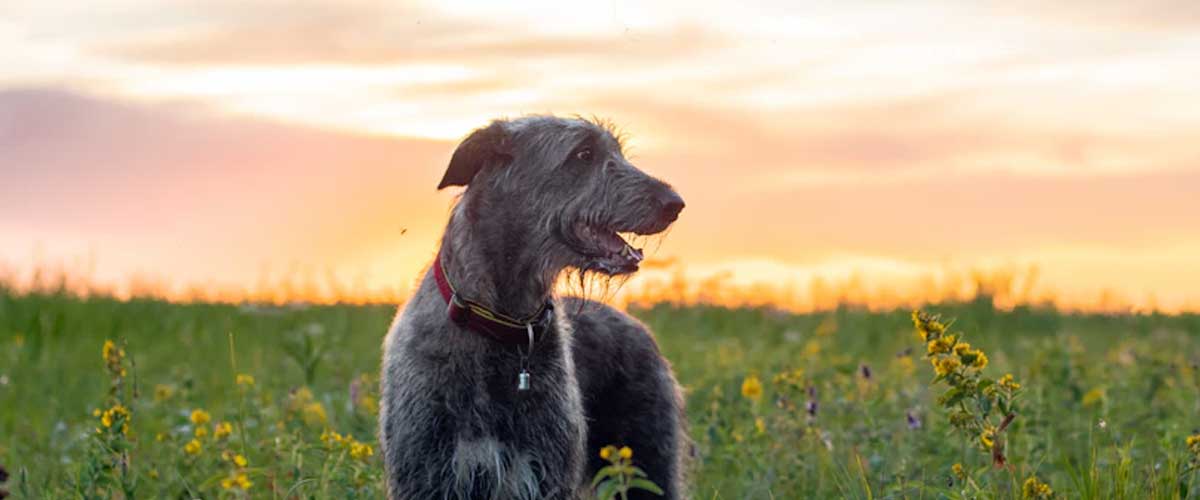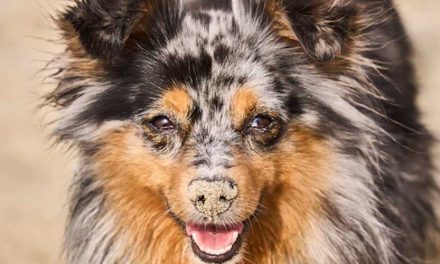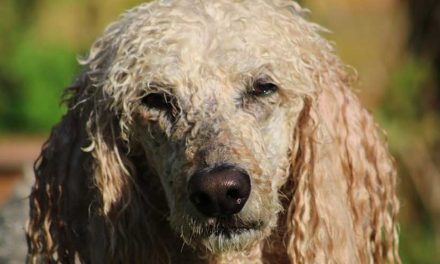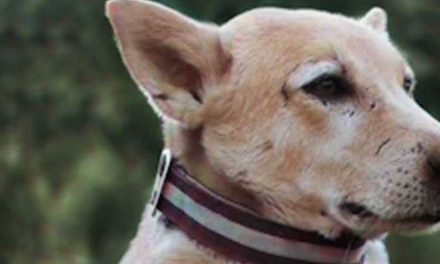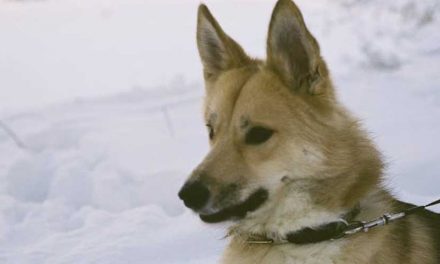The Irish Wolfhound, known for its astounding size and gentle demeanor, is one of the oldest dog breeds in existence.
Revered for its historical role as a hunting and guarding dog in Ireland, these magnificent creatures have captured the hearts of dog lovers around the world.
History and Origins
The origins of the Irish Wolfhound can be traced back to ancient Ireland, where they were bred for hunting large game, including wolves, deer, and even bears.
Their impressive stature and strong build made them ideal for such tasks.
The breed was mentioned in Irish literature as far back as 391 AD, showcasing their long-standing significance in Irish culture.
Over the centuries, the Irish Wolfhound experienced a decline due to a decrease in hunting activities and the extinction of wolves in Ireland.
However, dedicated breeders worked towards reviving the breed in the 19th century, leading to the establishment of breed standards we recognize today.
Physical Characteristics
Irish Wolfhounds are known as the tallest dog breed, standing between 28 and 34 inches tall at the shoulder, and weighing between 90 to 150 pounds.
Despite their size, they possess a graceful and elegant appearance.
Their long, strong legs and deep chest lend them an impressive silhouette, while their rough, wiry coat comes in various colors, including gray, brindle, fawn, red, black, and white.
One of the most striking features of the Irish Wolfhound is its expressive eyes.
They possess a kind and gentle gaze that reflects their affectionate personality, making them ideal companions for families and individuals alike.
Temperament and Behavior
Despite their imposing size, Irish Wolfhounds are often described as gentle giants.
They are known for their calm and laid-back temperament, exhibiting a friendly and affectionate nature.
Generally good with children and other pets, they are very sociable and enjoy being part of family activities.
Irish Wolfhounds are not typically aggressive; rather, they tend to exhibit a protective instinct over their families.
Early socialization and training are essential to ensure they grow up to be well-adjusted companions.
While they have some independence, they are eager to please and respond well to positive reinforcement training methods.
Care and Health
Caring for an Irish Wolfhound requires attention to their specific needs.
Due to their large size, they are more prone to certain health issues, including hip dysplasia, heart conditions, and bloat (gastric torsion).
Regular veterinary check-ups, a balanced diet, and appropriate exercise can help mitigate some of these risks.
Despite their size, they do not need extensive exercise but benefit from regular walks and playtime.
Their gentle nature makes them suitable for both apartment living and homes with spacious yards, as long as they receive sufficient attention and stimulation.
Conclusion
The Irish Wolfhound is truly a breed like no other.
Their noble stature, combined with a gentle and loving temperament, makes them an extraordinary companion.
With a rich history and a deep connection to Ireland, adopting an Irish Wolfhound is not only a commitment to a pet but also an embrace of a unique cultural legacy.
As they continue to charm dog lovers around the globe, the Irish Wolfhound remains a symbol of loyalty, strength, and grace.

